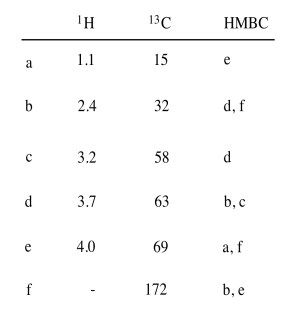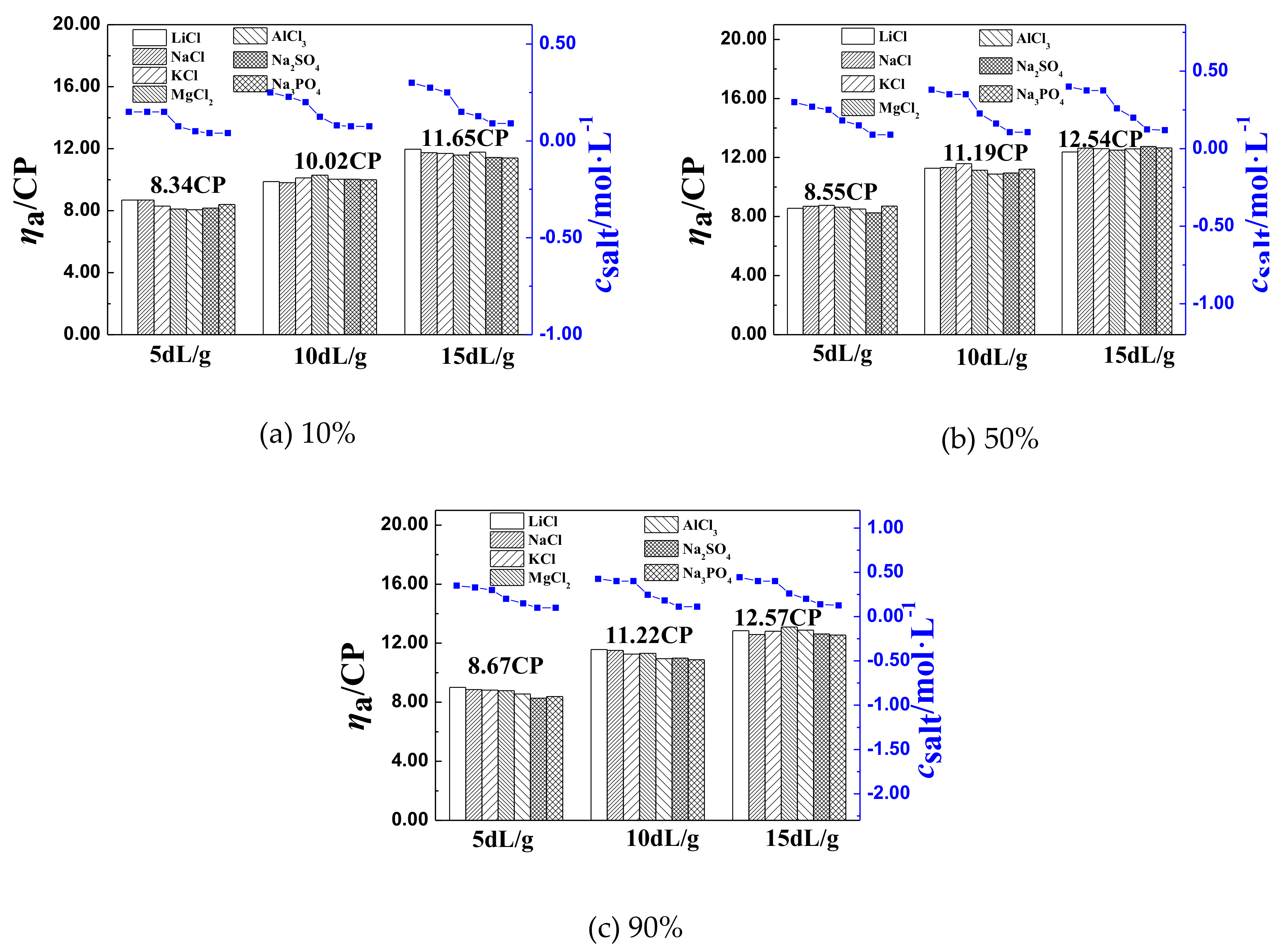

We therefore used a recently developed RNA fluorescent in situ hybridization (RNA-FISH) protocol to resolve the anatomical location of molecular cell types in the whole larval brain ( Long et al., 2017). While scRNAseq provides nearly complete information about the transcriptional program being used by a cell at the time of collection, a drawback to the technique is a loss of spatial information. All previously identified cell types were recognizable in our atlas, including motor neurons, Kenyon cells of the mushroom body, insulin-producing cells, brain dopaminergic and serotonergic cells, and all glial subtypes. Given that the Drosophila larva has a nervous system of approximately 10,000-15,000 neurons ( Hartenstein and Campos-Ortega, 1984 Hartenstein et al., 1987 Truman et al., 1993 Scott et al., 2001), our atlas of 202,107 cells has up to 20X coverage of the entire nervous system and is the largest sequencing effort in Drosophila to date. We did this across 4 different life stages, providing a developmental profile of gene expression. To this end, we developed a protocol to capture, sequence, and transcriptionally classify the molecular cell types and cell states of the entire central nervous system of the Drosophila larva.

A comprehensive transcriptomic atlas of the complete central nervous system is the missing piece to the connectivity, activity, and behavior maps that would create the required resource necessary to understand the complex interplay between genes, circuits, and behavior. One study has investigated a small sample of the larval central brain (Alvalos et al., 2019). Single-cell analyses have been performed in parts of adult ( Croset et al., 2018 Davie et al., 2018 Konstantinides et al., 2018) Drosophila central brain and optic lobe. Much work has separately revealed the role that genes ( Konopka and Benzer, 1971 Sokolowski 2001) and circuits ( Garcia-Campmay et al., 2010, Borst 2014) play in behavior a major challenge is to combine genes, circuits, and behavior all at once. In the fruit fly, efforts are already well underway to produce connectomic ( Takemura et al., 2013 Ohyama et al., 2015 Berck et al., 2016 Eichler et al., 2017 Eschbach et al., 2019), activity ( Chhetri et al., 2015 Lemon et al., 2015 Grimm et al., 2017 Vladimirov et al., 2018), and behavior atlases ( Vogelstein et al., 2014 Robie et al., 2017) of the nervous system. These techniques have already revealed striking heterogeneity in cell populations that is lost in bulk samples. Importantly, it is also scalable to populations of millions of cells without incurring exorbitant costs. High-throughput single-cell RNA sequencing (scRNAseq) offers a new way forward by providing a molecular-level identity for each cell via its transcriptomic profile. While recent advances in connectomics ( White et al., 1986 Jarrell et al., 2012, Helmstaedter et al., 2013 Takemura et al., 2013 Ohyama et al., 2015 Berck et al., 2016 Eichler et al., 2017 Hildebrand et al., 2017 Eschbach et al., 2019) and live imaging techniques ( Ahrens et al., 2013 Prevedel et al., 2014 Chhetri et al., 2015 Lemon et al., 2015 Grimm et al., 2017 Vladimirov et al., 2018) offer unprecedented information about neural connectivity and activity, the task of identifying cell types has traditionally relied on painstaking morphological, functional, or single gene histochemical taxonomy. Making sense of any complex system involves identifying constituent elements and understanding their individual functions and interactions. This resource is valuable for developmental biology and neuroscience, and it advances our understanding of how genes, neurons, and circuits generate behavior. We found nervous system-wide and neuron-specific gene expression changes. To investigate how internal state affects cell state, we optogentically altered internal state with high-throughput behavior protocols designed to mimic wasp sting and over activation of the memory system. We use single-molecule RNA-FISH to validate our scRNAseq findings. We develop polyseq, a python package, to perform cell-type analyses. Here we present a complete atlas of the Drosophila larval central nervous system composed of over 200,000 single cells across four developmental stages. How behavioral state influences molecular cell state is poorly understood. Furthermore, the behavioral state of an animal continuously changes across development and as a result of sensory experience. Molecular profiles of neurons influence information processing, but bridging the gap between genes, circuits, and behavior has been very difficult.


 0 kommentar(er)
0 kommentar(er)
